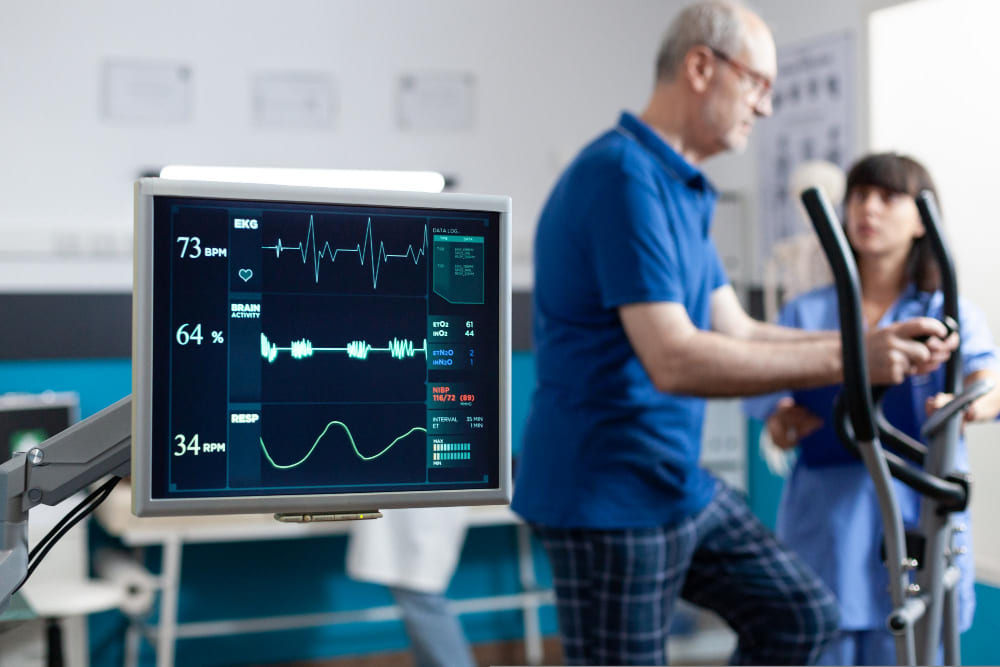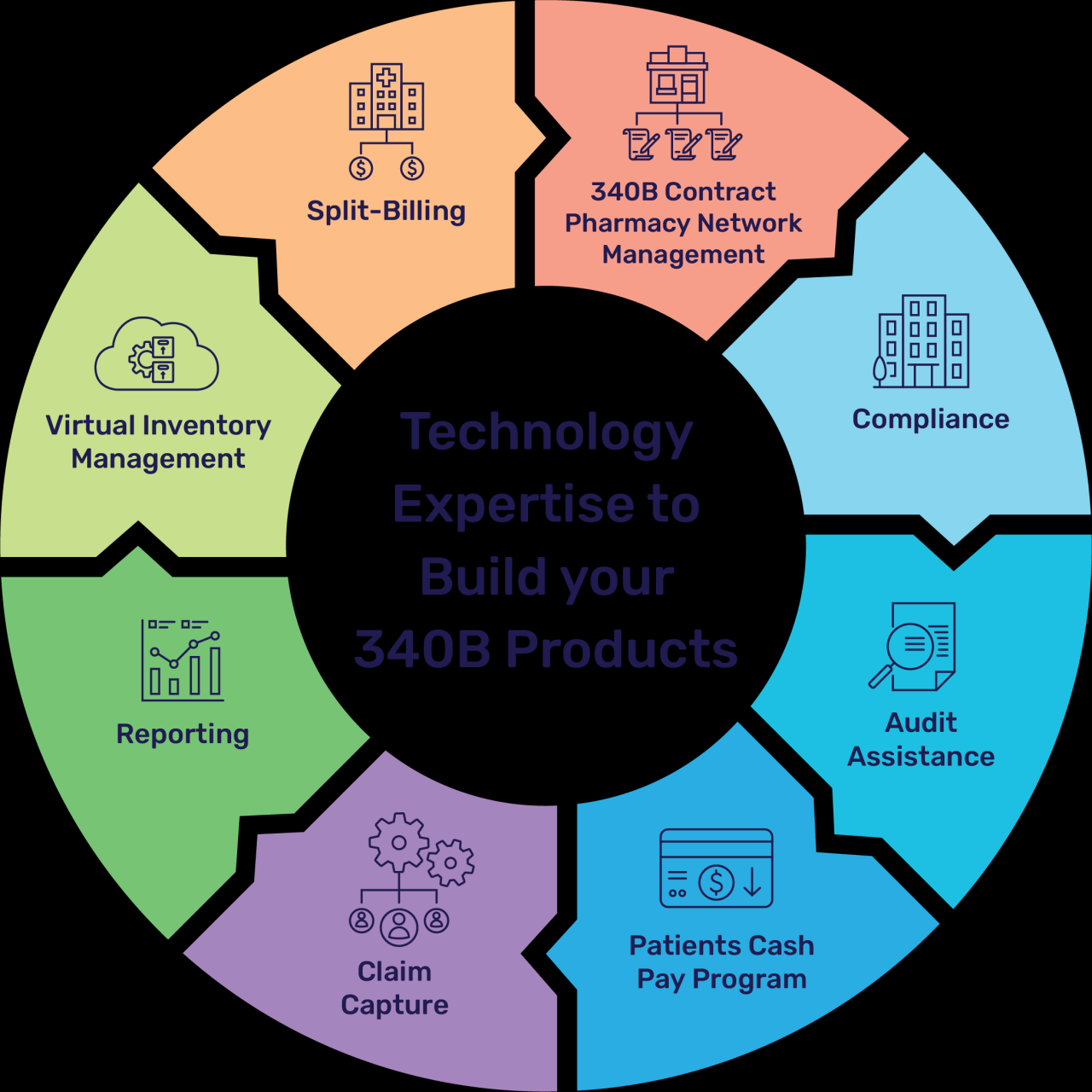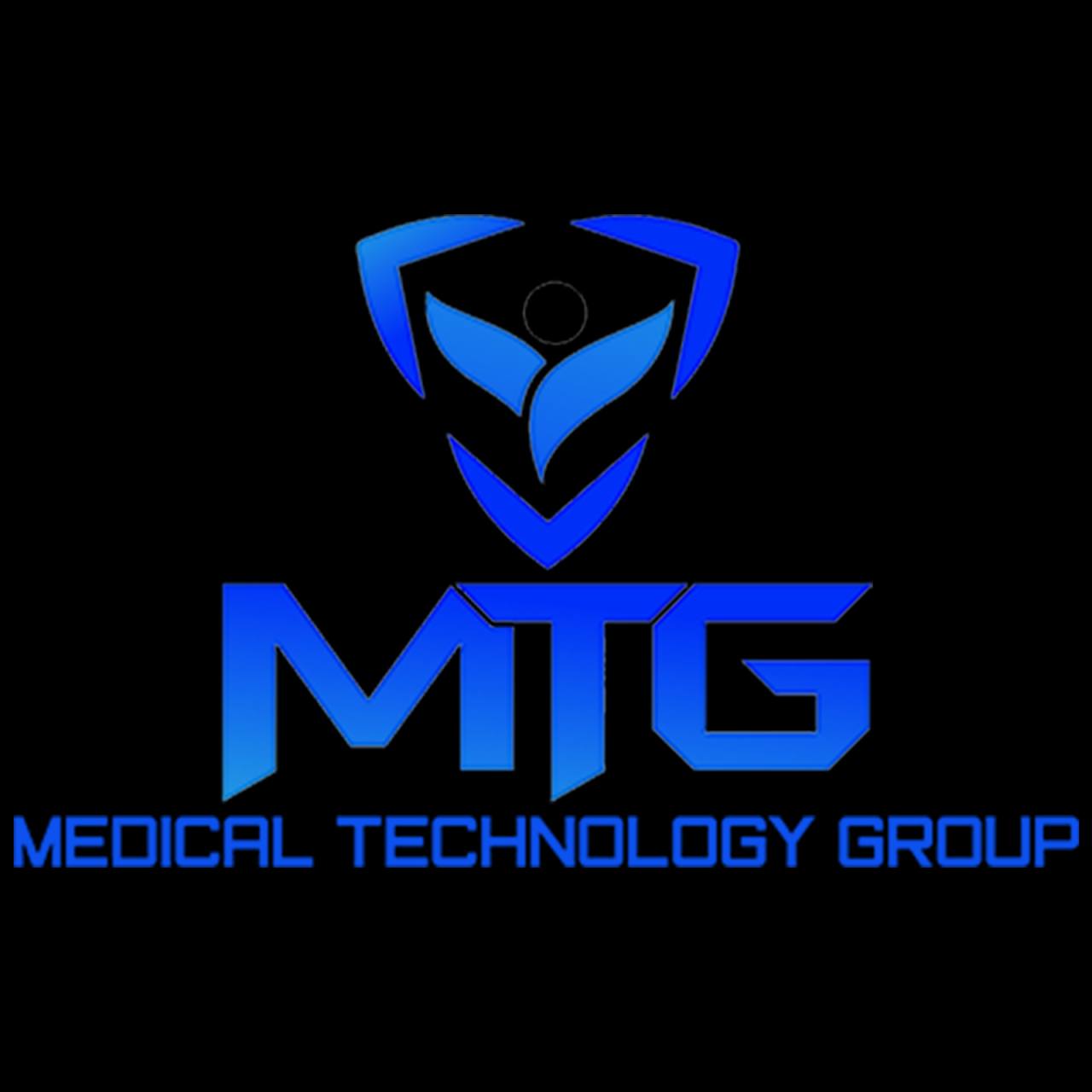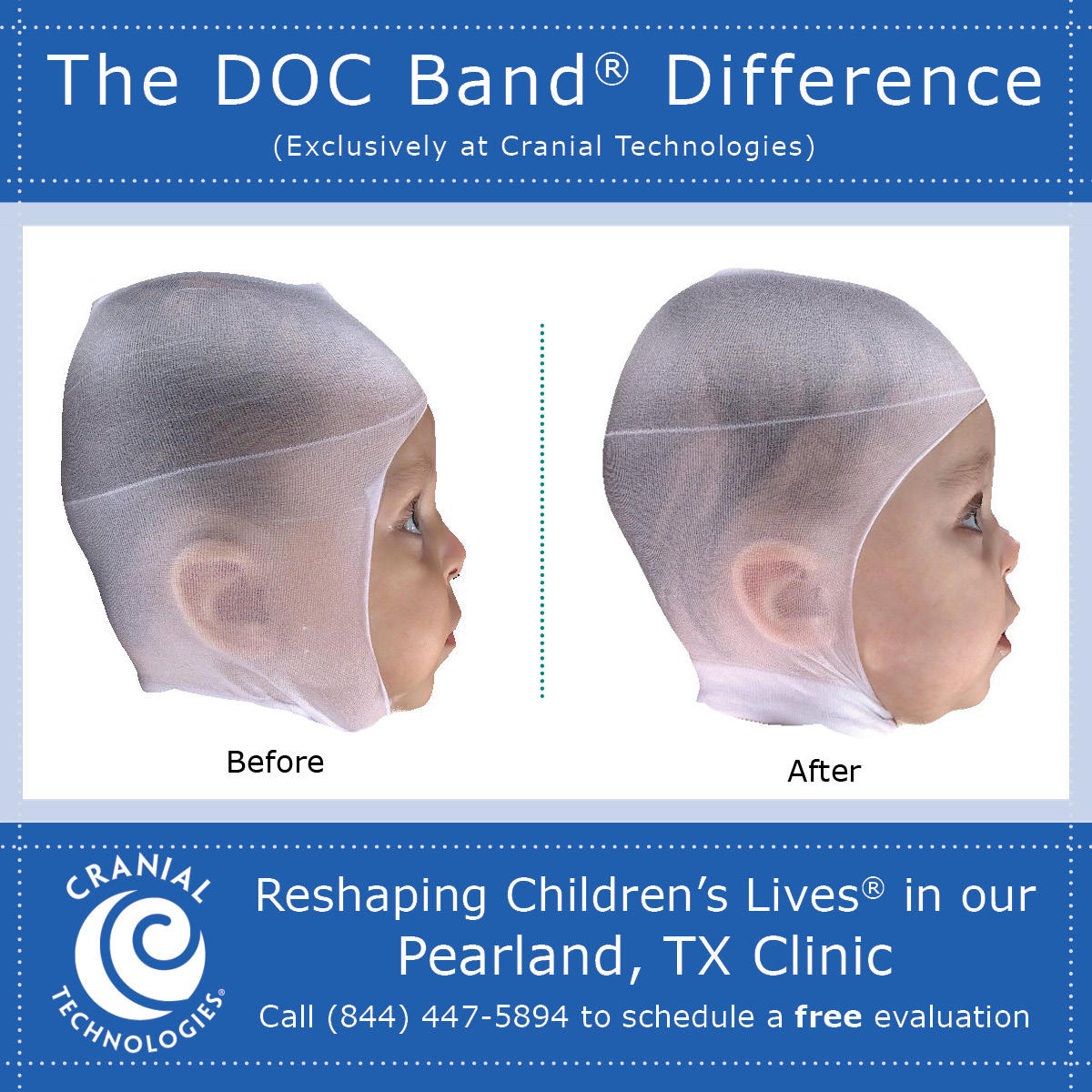Medical Solution Technology: Transforming Healthcare
Medical solution technology is revolutionizing healthcare, ushering in a new era of precision, efficiency, and personalized care. From groundbreaking diagnostics to life-saving treatments, technology is reshaping how we approach health, […]

Medical solution technology is revolutionizing healthcare, ushering in a new era of precision, efficiency, and personalized care. From groundbreaking diagnostics to life-saving treatments, technology is reshaping how we approach health, offering innovative solutions to age-old challenges.
This transformative journey began with the introduction of simple tools like the stethoscope, evolving into sophisticated medical imaging, robotic surgery, and AI-powered diagnostics. These advancements have not only enhanced patient care but have also opened doors to new possibilities in medical research and drug development.
Evolution of Medical Solution Technology

The field of medical technology has undergone a remarkable evolution, transforming healthcare from its rudimentary beginnings to the sophisticated, data-driven systems we see today. This journey is marked by groundbreaking innovations that have revolutionized the way we diagnose, treat, and prevent diseases.
Historical Development of Medical Technology
The history of medical technology is a testament to human ingenuity and the relentless pursuit of improving health outcomes. From the earliest surgical tools crafted from stone and bone to the advanced imaging technologies of today, each innovation has built upon the foundation laid by its predecessors.
- Ancient Times: The origins of medical technology can be traced back to ancient civilizations, where rudimentary tools and practices were employed for healing and disease management. The Egyptians, for example, developed sophisticated surgical techniques, while the Greeks made significant contributions to anatomy and medicine.
- Medieval Era: During the Middle Ages, advancements in medicine were often driven by religious institutions. The invention of the printing press in the 15th century played a crucial role in disseminating medical knowledge.
- Renaissance and Enlightenment: The Renaissance and Enlightenment periods witnessed a surge in scientific inquiry and medical innovation. Notable discoveries include the circulation of blood by William Harvey and the development of the microscope by Antonie van Leeuwenhoek.
- 19th Century: The 19th century saw significant advancements in medical technology, including the invention of the stethoscope, the development of anesthesia, and the introduction of antiseptic surgery.
- 20th Century: The 20th century witnessed a rapid acceleration in medical technology, driven by the discovery of antibiotics, the development of vaccines, and the advent of sophisticated medical imaging techniques.
- 21st Century: The 21st century is characterized by the convergence of medicine and technology, leading to the development of personalized medicine, telemedicine, and artificial intelligence-powered healthcare solutions.
Comparison of Traditional and Modern Healthcare Practices, Medical solution technology
Traditional healthcare practices relied heavily on clinical judgment and physical examinations. Modern technological advancements have significantly expanded the diagnostic and therapeutic capabilities of healthcare professionals, leading to a paradigm shift in healthcare delivery.
- Diagnosis: Traditional healthcare relied primarily on physical examinations and basic laboratory tests. Modern technology has introduced sophisticated imaging techniques like MRI, CT scans, and ultrasound, enabling precise diagnosis and early detection of diseases.
- Treatment: Traditional treatments often involved invasive procedures and limited drug options. Modern technology has led to minimally invasive surgical techniques, targeted drug therapies, and the development of advanced medical devices, improving treatment outcomes and reducing patient recovery time.
- Information Access: Access to medical information was limited in traditional healthcare. Modern technology has democratized access to medical knowledge through online resources, medical databases, and electronic health records, empowering patients and healthcare professionals alike.
Impact of Technological Advancements on Patient Care
Technological advancements have had a profound impact on patient care, improving access to healthcare, enhancing treatment outcomes, and improving the overall patient experience.
- Improved Diagnosis and Treatment: Advanced imaging techniques, minimally invasive surgical procedures, and personalized medicine approaches have led to earlier detection, more effective treatments, and better overall health outcomes for patients.
- Enhanced Patient Monitoring: Wearable devices and remote monitoring systems enable continuous tracking of vital signs and patient health data, facilitating proactive care and early intervention.
- Increased Patient Engagement: Online portals, mobile applications, and telehealth services empower patients to actively participate in their healthcare journey, accessing information, scheduling appointments, and managing their health remotely.
Impact of Technological Advancements on Healthcare Delivery
Technological advancements have transformed the way healthcare is delivered, streamlining processes, improving efficiency, and enabling new models of care.
- Telemedicine: Telemedicine platforms allow healthcare professionals to provide remote consultations, diagnosis, and treatment, expanding access to healthcare in underserved areas and reducing travel time for patients.
- Electronic Health Records (EHRs): EHRs have revolutionized healthcare record-keeping, providing a centralized repository of patient information, improving data accuracy, and facilitating seamless communication between healthcare providers.
- Artificial Intelligence (AI): AI algorithms are being used to analyze medical data, assist with diagnosis, personalize treatment plans, and automate administrative tasks, enhancing efficiency and accuracy in healthcare delivery.
Impact of Technological Advancements on Medical Research
Technological advancements have accelerated medical research, enabling scientists to conduct complex studies, analyze vast datasets, and develop new therapies.
- High-Throughput Screening: Automated systems for high-throughput screening allow researchers to test thousands of potential drug candidates simultaneously, accelerating drug discovery and development.
- Bioinformatics: Bioinformatics tools enable the analysis of massive biological datasets, identifying patterns and insights that can lead to new discoveries in disease mechanisms and potential treatments.
- Clinical Trials: Technology has facilitated the conduct of large-scale clinical trials, enabling researchers to gather robust evidence for the efficacy and safety of new therapies.
The Role of Data and Analytics in Medical Solutions: Medical Solution Technology
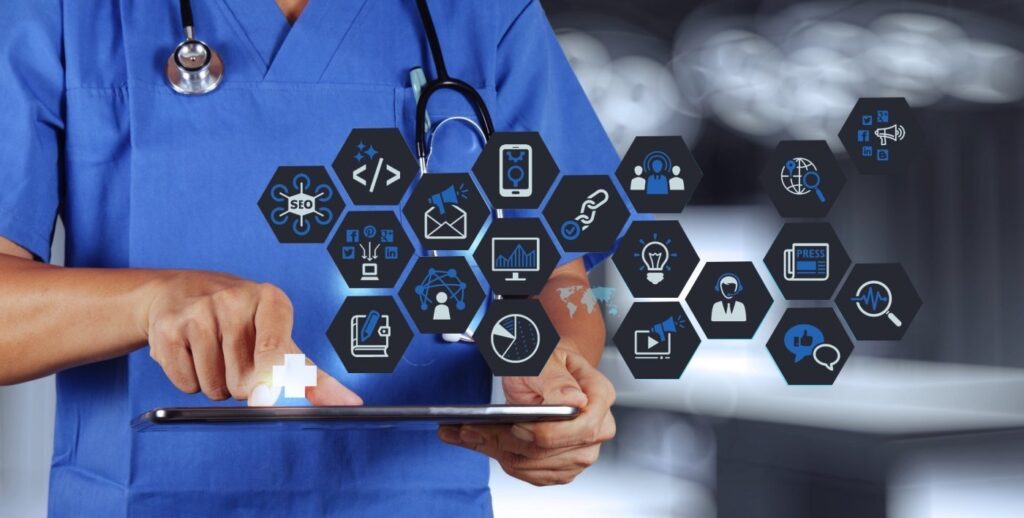
In the modern era of healthcare, data and analytics have emerged as indispensable tools, revolutionizing the way medical solutions are developed, delivered, and optimized. From collecting and analyzing patient data to leveraging powerful algorithms for disease prediction and treatment optimization, data-driven insights are transforming the landscape of healthcare.
The Importance of Data Collection, Analysis, and Interpretation
Data collection in healthcare encompasses gathering information about patients, their health conditions, treatments, and outcomes. This data can be collected from various sources, including electronic health records (EHRs), wearable devices, medical imaging, and clinical trials. The analysis of this data involves using statistical methods and advanced algorithms to identify patterns, trends, and correlations. This analysis helps healthcare professionals understand disease progression, treatment effectiveness, and potential risk factors. The interpretation of these insights is crucial for making informed clinical decisions, improving patient care, and driving medical innovation.
The Use of Big Data and Predictive Analytics in Disease Prevention, Treatment Optimization, and Drug Discovery
Big data refers to the vast amount of healthcare data generated from various sources, including patient records, medical images, genomic data, and social media. By leveraging big data analytics, healthcare professionals can identify high-risk individuals for specific diseases, predict disease outbreaks, and develop personalized treatment plans. Predictive analytics uses statistical models and machine learning algorithms to forecast future outcomes based on historical data. This allows for early disease detection, preventive interventions, and improved patient management. In drug discovery, big data analytics can accelerate the identification of potential drug candidates, optimize clinical trial design, and predict drug efficacy and safety.
The Role of Artificial Intelligence in Analyzing Medical Images, Interpreting Patient Data, and Supporting Clinical Decision-Making
Artificial intelligence (AI) is playing a transformative role in medical solutions by automating tasks, improving accuracy, and enhancing decision-making. AI algorithms can analyze medical images, such as X-rays, CT scans, and MRIs, to detect abnormalities and assist radiologists in making diagnoses. AI can also interpret patient data from EHRs and wearable devices to identify potential health risks, predict disease progression, and personalize treatment plans. AI-powered systems can support clinical decision-making by providing evidence-based recommendations and alerting healthcare professionals to potential complications.
Ending Remarks
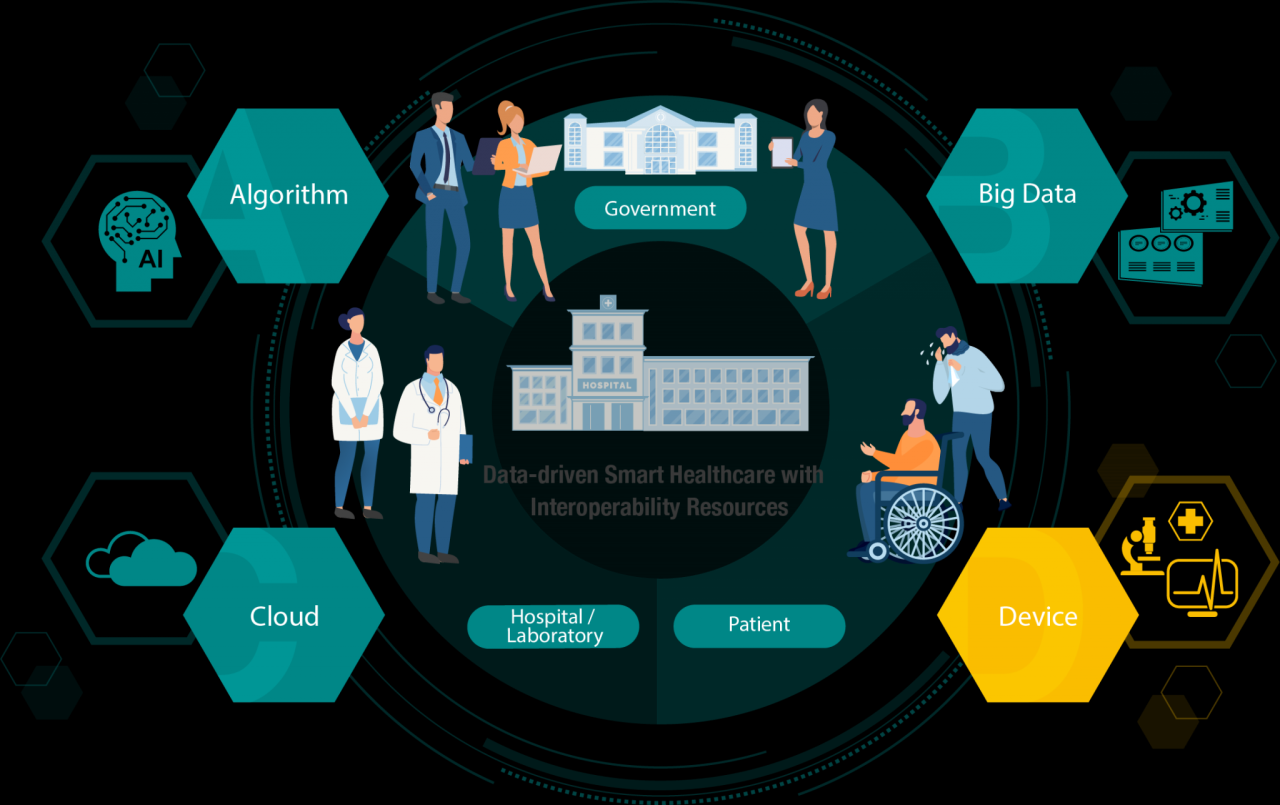
The future of healthcare is intertwined with the continued development and integration of medical solution technology. As technology advances, we can anticipate even more transformative innovations, leading to improved patient outcomes, reduced healthcare costs, and a more accessible healthcare system for all.
Medical solution technology is constantly evolving, demanding a robust IT infrastructure to support its advancements. A well-structured information technology budget template can help healthcare organizations effectively allocate resources for software, hardware, and security, ensuring seamless integration and efficient delivery of medical solutions.
